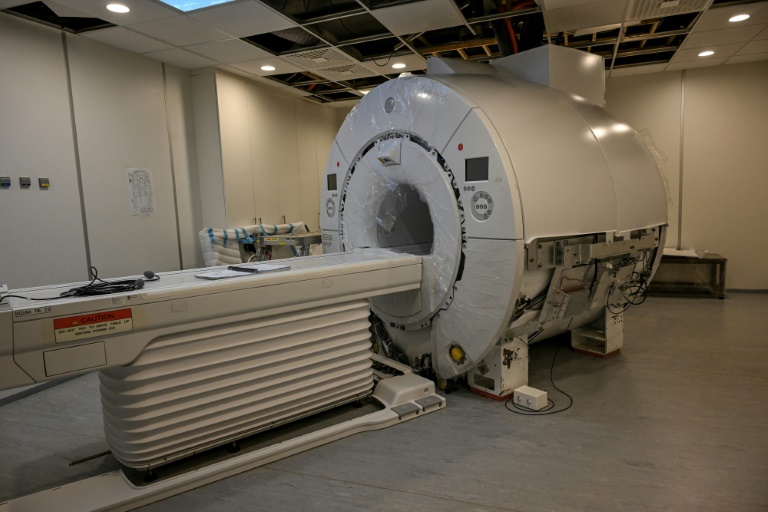- cross-posted to:
- [email protected]
- [email protected]
- [email protected]
- cross-posted to:
- [email protected]
- [email protected]
- [email protected]
Bumbling US cops who raided a medical diagnostics center thinking it was a cannabis farm got a gun stuck to the powerful magnets of an MRI machine, a California lawsuit has alleged.
The owners of the facility are claiming damages against the Los Angeles Police Department for an operation their lawyers describe as “nothing short of a disorganized circus.”
Their lawsuit details how a SWAT team swarmed Noho Diagnostic Center after the squad’s leader persuaded a magistrate to issue a search warrant.
Officer Kenneth Franco drew on his “twelve hours of narcotics training” and discovered the facility was using more electricity than nearby stores, the lawsuit said.
“Officer Franco, therefore, concluded (the facility) was cultivating cannabis, disregarding the fact that it is a diagnostic facility utilizing an MRI machine, X-ray machine and other heavy medical equipment – unlike the surrounding businesses selling flowers, chocolates and children’s merchandise,” the suit said.
…



Radiologist here. There are multiple safety zones (four to be precise) around the machine and extensive screening procedures are required to access the inner zones. The magnet of an MRI is always on and extremely strong. However, you need to be pretty close for it to pull a gun from your hands. Like, less than a few meters. That would be zone 4. He should never have been that close.
The button he pressed is called a quench. It’s for life threatening emergencies only. Think “patient trapped between the machine and a metal object.” It vents the liquid helium used to keep it superconductive and basically destroys the machine, but the magnetic field dissipates in minutes. There is a way to wind the machine down without destroying it in situations that aren’t life threatening or for servicing, but it takes hours for the magnetic field to dissipate and even longer to bring it back.
Thanks, Doc! Very useful context.
While I knew these machines are really dangerous to bring metals to anywhere near it; it’s quite interesting to know that there is a fail safe for these cases.
That’s not what a fail-safe is. A fail-safe is just what it says: the device fails into a safe configuration. In this case, someone has to press a button to quench the magnet, which is not really a failure mode of the machine.
A typical fail-safe is something like a solenoid valve. The valve has a default position when no power is given to the solenoid, and you should design your machine so that the default position is safe (whether that be open or closed). The most likely failure mode is a power loss, so the configuration is said to be fail-safe.
So way more than the 200k price tag I saw the other day.
Could you unplug your MRI machine and put a Kil-a-Watt on it for me? I’m really curious how much they consume at idle.
These machines are typically wired to electrical directly. I would expect they are powered using 480 VAC. Google states they typically use about 14kw in standby mode and up to 80 kw for a scan.
Really that long to normally wind it down. The town where grew up had a mobile mri back in 90s. It would show for about a week each month. Would they turn it off over the last day to move it?
This was almost certainly an older style of MRI that didn’t use superconductors. You could turn these off and on, but the strength of the magnetic field was much lower that what can be achieved with superconductors.
I also looked up the wind down time and I was mistaken. It’s a day long process to wind down and wind back up and MRI and do all of the testing and adjustments, but the loss of the magnetic field happens in a few hours. I edited my post.
Last I heard from my father was around 4 hours for theirs. Though he’s an Anesthesiologist so not directly involved in those processes.